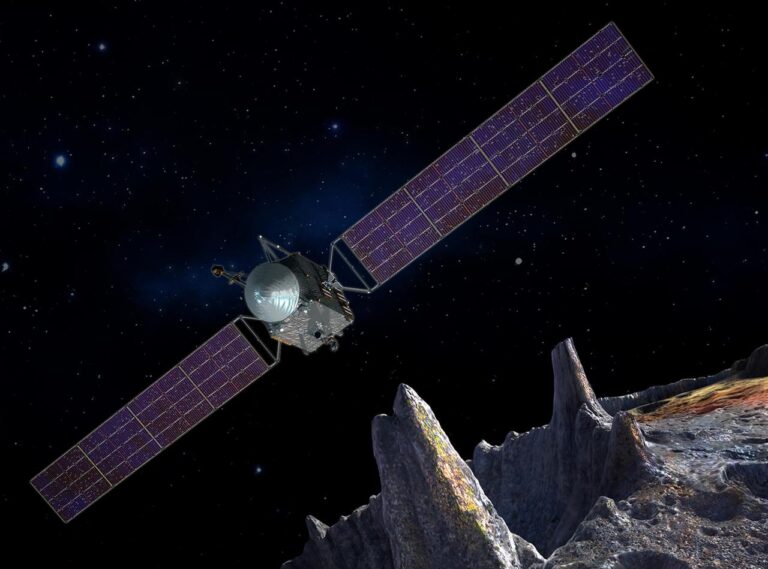On October 12th, NASA is set to launch its high-tech spacecraft, Psyche, on a remarkable journey spanning 2.2 billion miles to an asteroid named 16 Psyche. The mission’s goal is to meticulously study this intriguing space rock, believed to be exceptionally metal-rich and possibly the remnant core of a long-lost planet. This asteroid could offer a direct window into the Earth’s core composition, an area we can’t access otherwise.
Before the mission sets in motion, scientists are utilizing advanced infrared instruments, including the James Webb Space Telescope (JWST) and the now-retired Stratospheric Observatory for Infrared Astronomy (SOFIA), to gain insights into the asteroid. Infrared sensors reveal hidden aspects of the universe that are invisible to the human eye, making them vital tools for astronomers.
Recent findings, however, have perplexed scientists. “All of the observations using different techniques keep showing us results that don’t make sense in context with each other,” says Anicia Arredondo, a postdoctoral researcher. “That’s why it’s so important that we have a mission going there now.”
Although the observations yielded some information, one of the most intriguing findings is the inconsistency between different techniques. “With this analysis and the previous studies of Psyche, we have reached the limit of what astronomical observations can teach us about this fascinating asteroid,” explains Maggie McAdam, a NASA Ames research scientist.
SOFIA, before its operations ceased, observed 16 Psyche in the infrared range as it rotated, offering insights into whether Psyche is a differentiated asteroid or a protoplanet. The data indicates that Psyche is predominantly metallic, with little variation in rotation, a departure from what was initially expected.
The James Webb Space Telescope, on the other hand, is helping determine the presence of water on the asteroid, which could reveal vital information about its composition. However, the definitive answers will have to wait until Psyche reaches its namesake in 2029, equipped with technologies designed to unlock the asteroid’s secrets.
Psyche carries a multispectral imager, a gamma-ray and neutron spectrometer, and a magnetometer, all intended to study the asteroid up close and provide insights into its unique nature. As McAdam aptly puts it, “We need to physically visit Psyche to study it up close and learn more about what appears to be a very unique planetary body.”


0 Comments